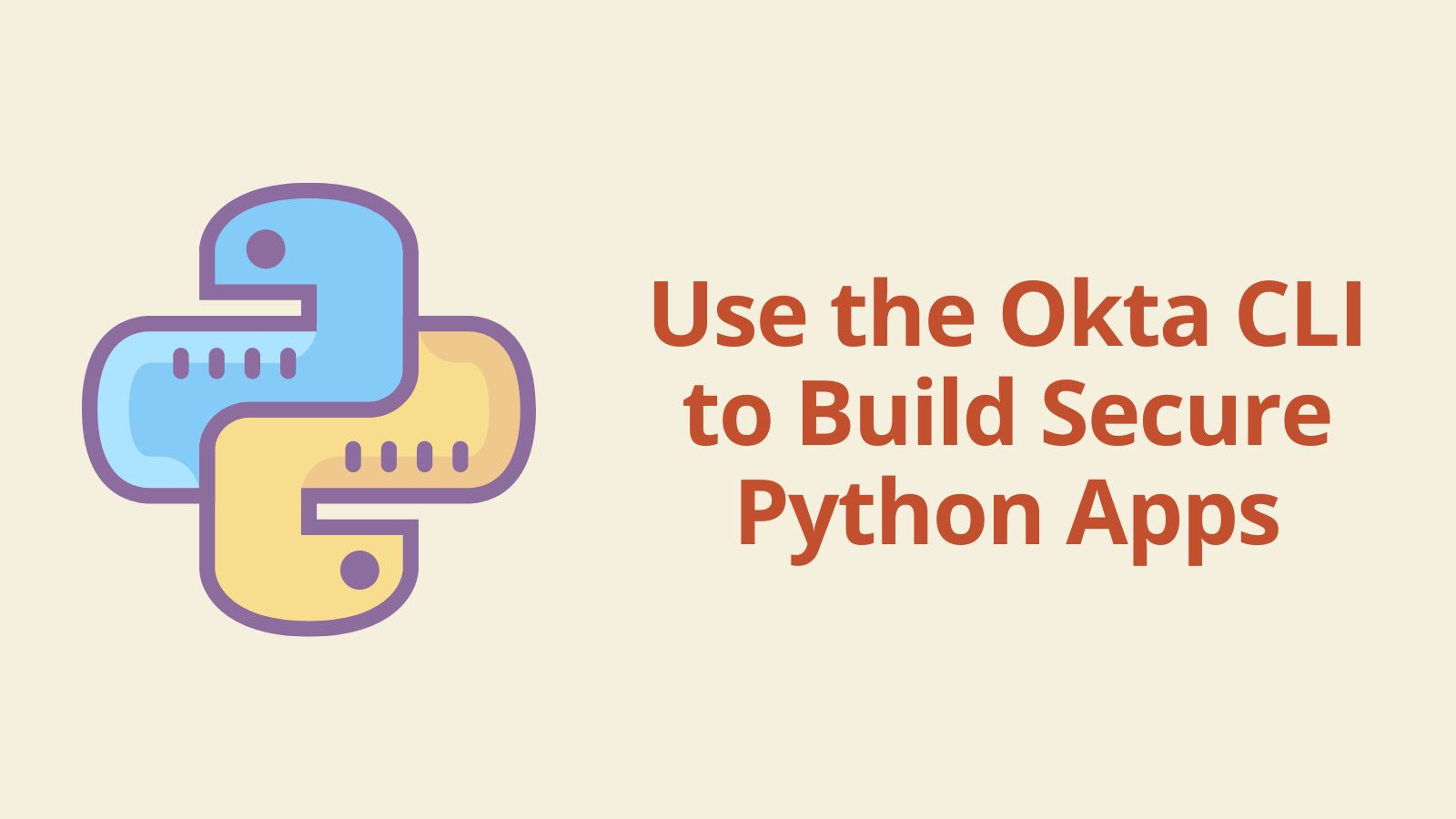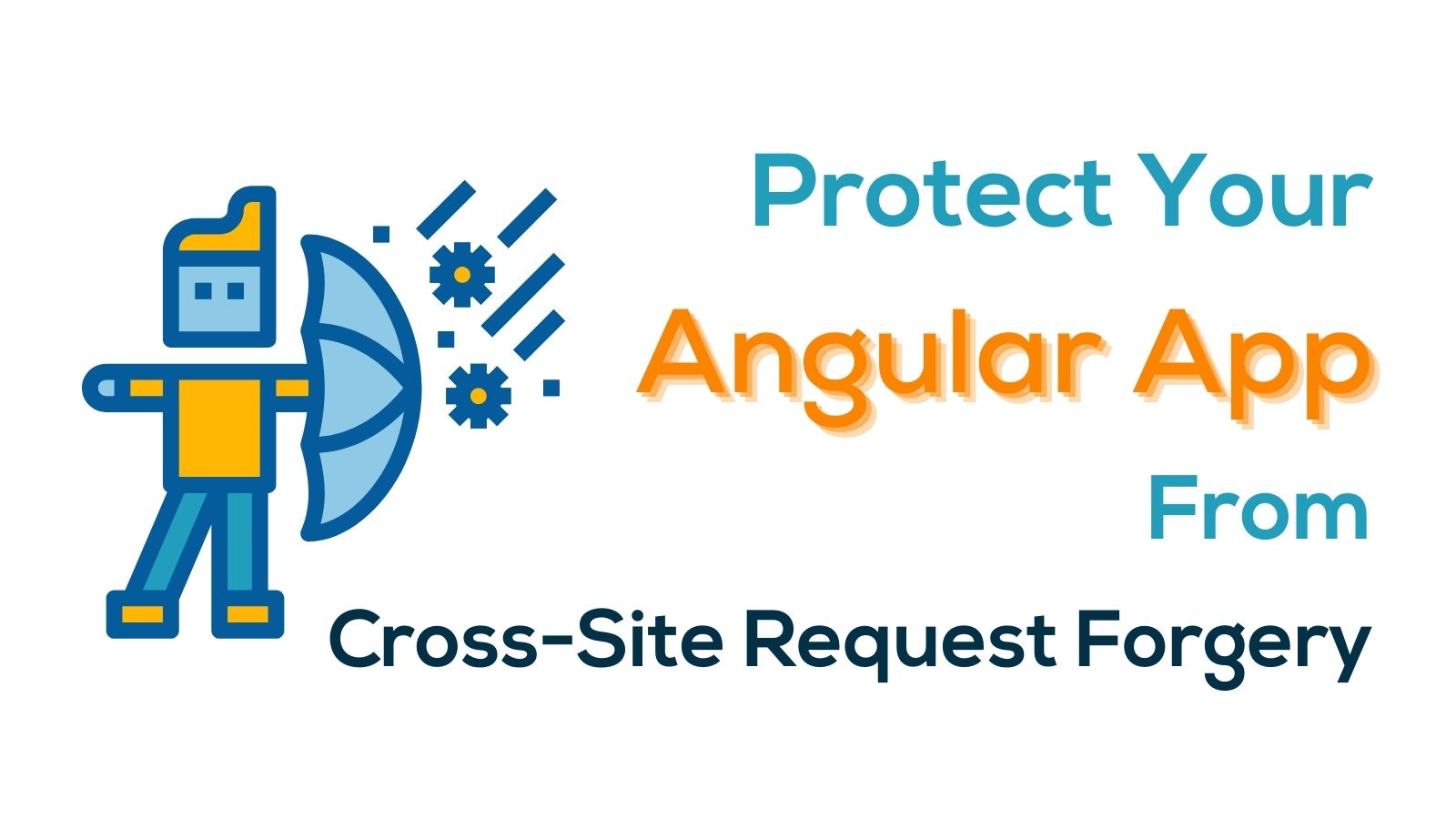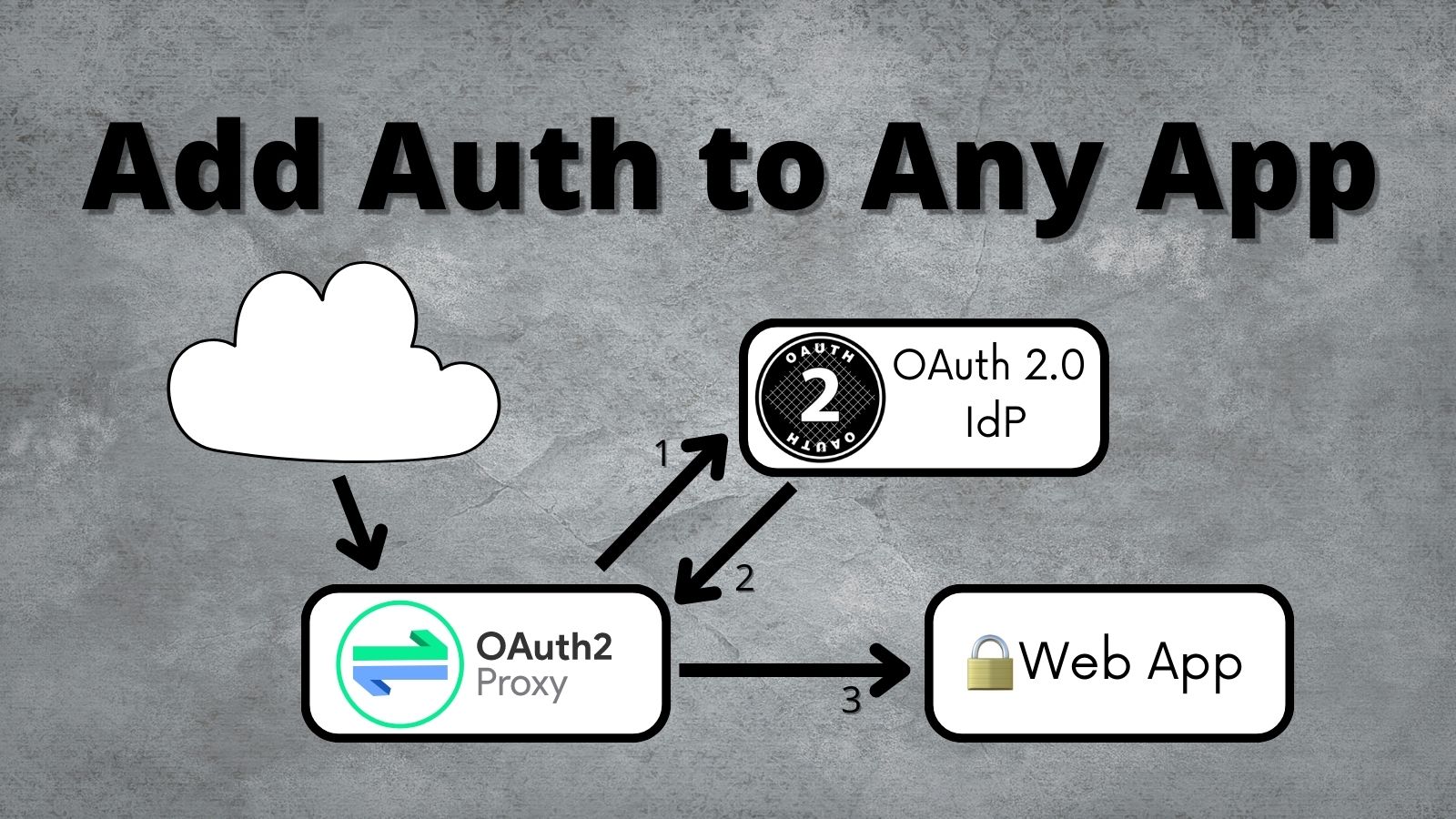What the Heck Is Project Loom for Java?

Java has had good multi-threading and concurrency capabilities from early on in its evolution and can effectively utilize multi-threaded and multi-core CPUs. Java Development Kit (JDK) 1.1 had basic support for platform threads (or Operating System (OS) threads), and JDK 1.5 had more utilities and updates to improve concurrency and multi-threading. JDK 8 brought asynchronous programming support and more concurrency improvements. While things have continued to improve over multiple versions, there has been nothing groundbreaking...
Build a Simple CRUD App with Spring Boot and Vue.js

You will use Vue and Spring Boot to build a todo list web application. The application will include CRUD abilities, meaning that you can create, read, update, and delete the todo items on the Spring Boot API via the client. The Vue frontend client will use the Quasar framework for the presentation. OAuth 2.0 and OpenID Connect (OIDC) will secure the Spring Boot API and the Vue client, initially by using Okta as the security...
CI/CD Java Microservices with CircleCI and Spinnaker

Continuous integration and delivery (CI/CD) are essential practices for modern software development. In this post we cover the basics of how to add CI/CD for a JHipster microservices architecture and Kubernetes as the target cloud deployment environment. Briefly, continuous integration is the practice of integrating code into the main branch of a shared repository early and often. Instead of integrating features at the end of a development cycle, code is integrated with the shared repository...
Get Started with Spring Boot and SAML

Spring is a long-time friend to enterprise companies throughout the world. When Spring Boot came along in 2014, it greatly simplified configuring a Spring application. This led to widespread adoption and continued investment in related Spring projects. One of my favorite Spring projects is Spring Security. In most cases, it simplifies web security to just a few lines of code. HTTP Basic, JDBC, JWT, OpenID Connect/OAuth 2.0, you name it—Spring Security does it! You might...
Use the Okta CLI to Build Secure Python Apps

Okta is a customizable, secure solution that lets you add authentication and access management to your applications. Since this can be a complex topic, we recommend setting up your first project with our CLI. In this walkthrough, we will: Configure the Okta CLI Teach you how to create your first application Learn about authentication and authorization credentials Set up hosted authentication with Okta and try it out Cover troubleshooting issues you might encounter Prerequisites This...
How to Build an Express Application Using Prisma

Prisma is an ORM (object–relational mapping) tool for Node.js using TypeScript. The software integrates with many of the most popular databases today, including MySQL, SQL Server, SQLite, and MongoDB, and emphasizes a human-readable schema with a type-safe database client. Prisma also includes other features such as migrations, seed data, and a virtual database browser. In this project, you will use Prisma to connect your Express application to a database server. You will build a schema...
Protect Your Angular App From Cross-Site Scripting

In the last post of this SPA security series, we covered Cross-Site Request Forgery (CSRF) and how Angular helps you with a mitigation technique. Posts in the SPA web security series 1. Defend Your SPA From Security Woes 2. Defend Your SPA From Common Web Attacks 3. Protect Your Angular App From Cross-Site Request Forgery 4. Protect Your Angular App From Cross-Site Scripting Next, we’ll dive into Cross-Site Scripting (XSS) and look at the built-in...
Protect Your Angular App From Cross-Site Request Forgery

Previously, I wrote about web security at a high level and the framework-agnostic ways to increase safety and mitigate vulnerabilities. Posts in the SPA web security series 1. Defend Your SPA from Security Woes 2. Defend Your SPA from Common Web Attacks 3. Protect Your Angular App From Cross-Site Request Forgery 4. Protect Your Angular App From Cross-Site Scripting Now, I want to dive a little deeper into the vulnerabilities. In this short post, we’ll...
Add Auth to Any App with OAuth2 Proxy

Updating an application to use OAuth 2.0 doesn’t need to be complicated. Most of the time, your language or framework will already have an OAuth library. Sometimes, this isn’t the case, and you need to find an alternative. In this post, I’ll walk through setting up and using OAuth2 Proxy to secure your application without any code changes! OAuth2 Proxy is a reverse proxy that sits in front of your application and handles the complexities...
JHipster Microservices on AWS with Amazon Elastic Kubernetes Service

In this tutorial, you’ll use JHipster to build a microservice stack and deploy it to Amazon Elastic Kubernetes Service (EKS). The microservices will use Java and Spring Boot for resource servers and Vue for the frontend. The server-side applications will use Spring’s Reactive technology stack. The microservice will include multiple databases and database types: PostgresSQL, MongoDB, and Neo4j. You’ll secure the service using OAuth 2.0 and OpenID Connect (OIDC), with Okta as the OIDC provider....